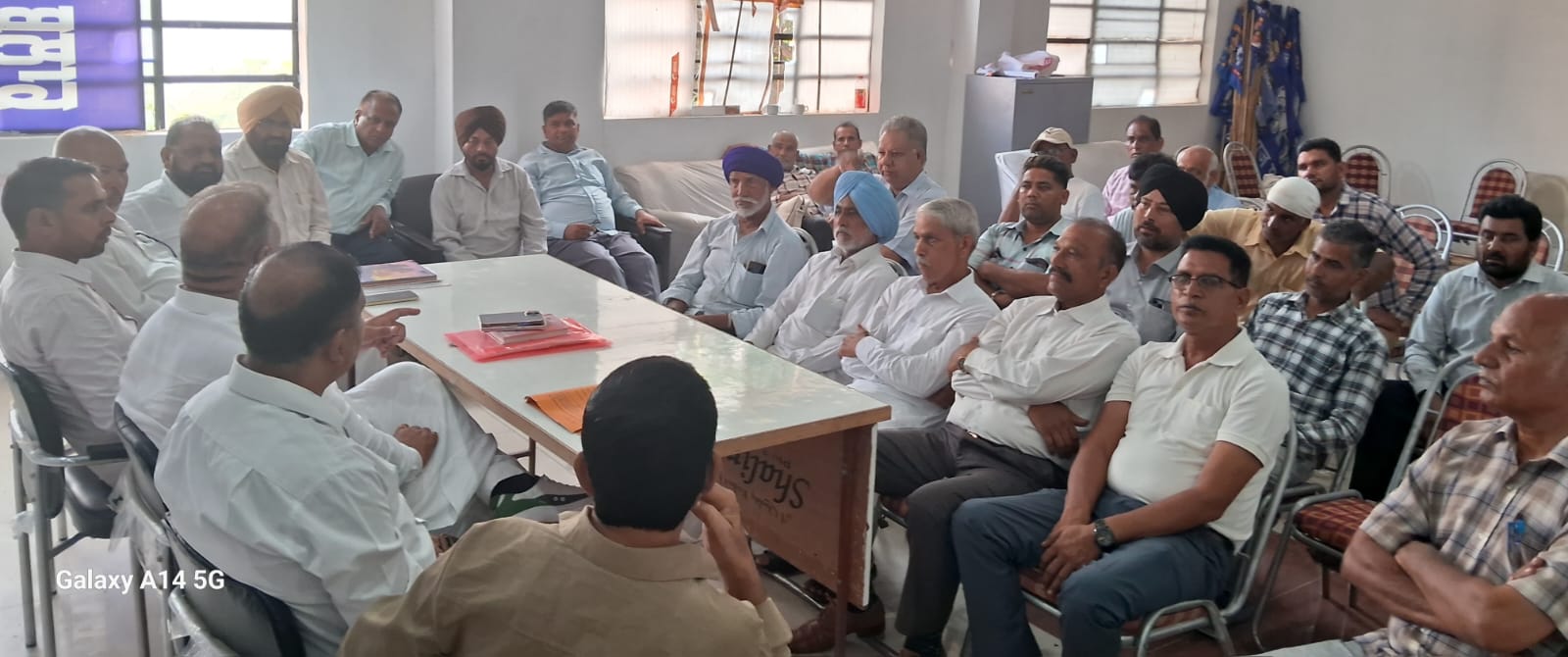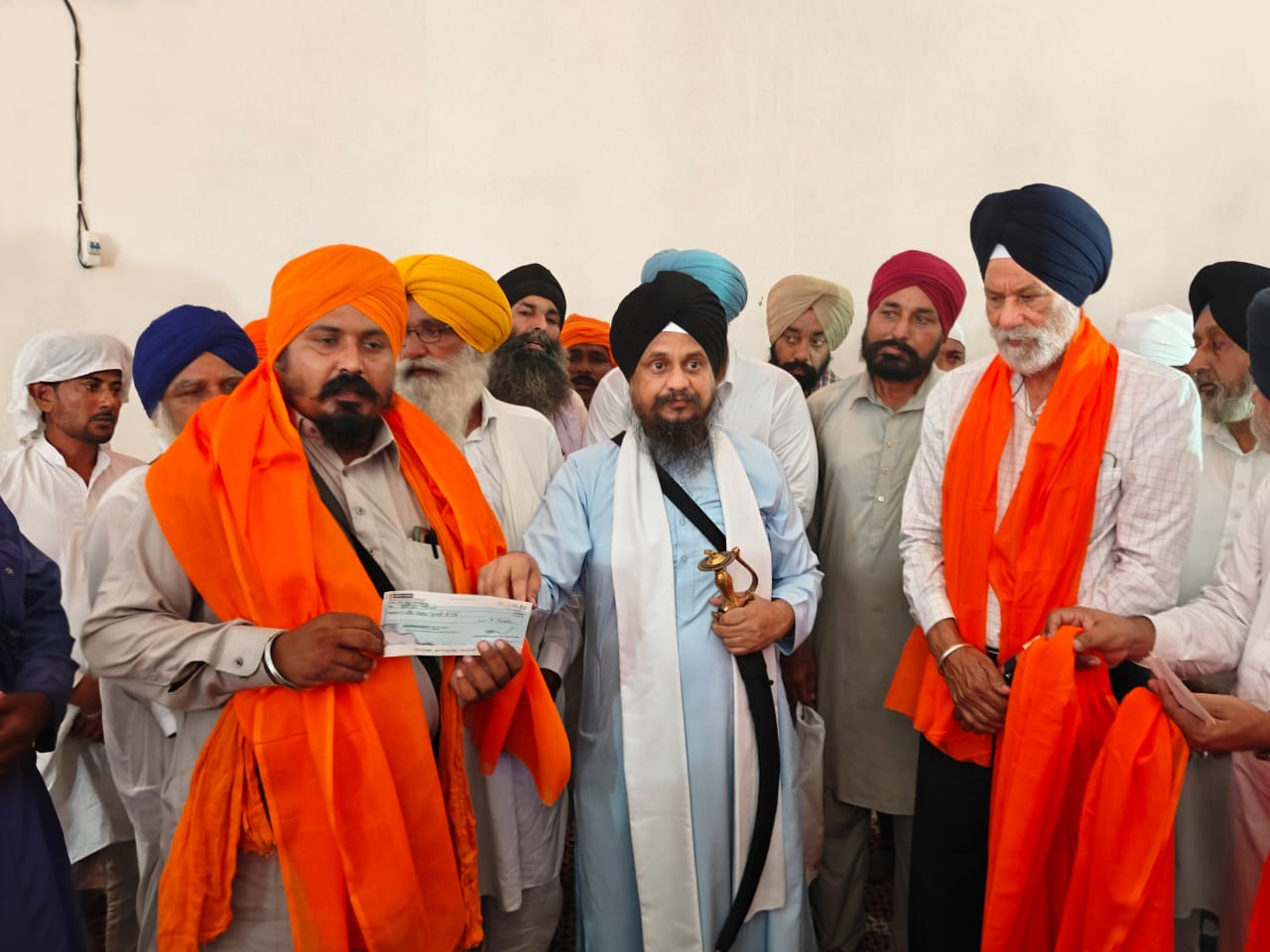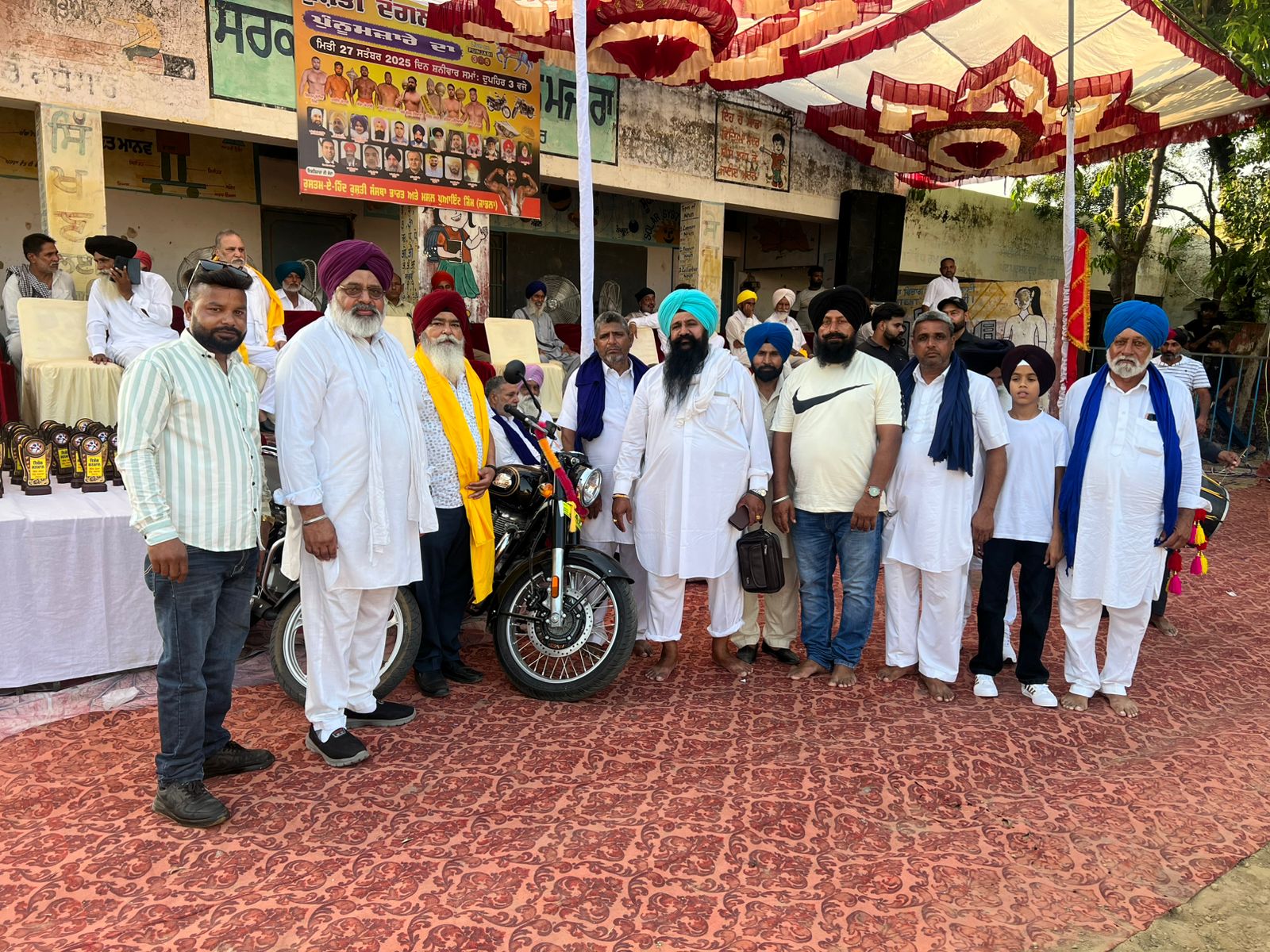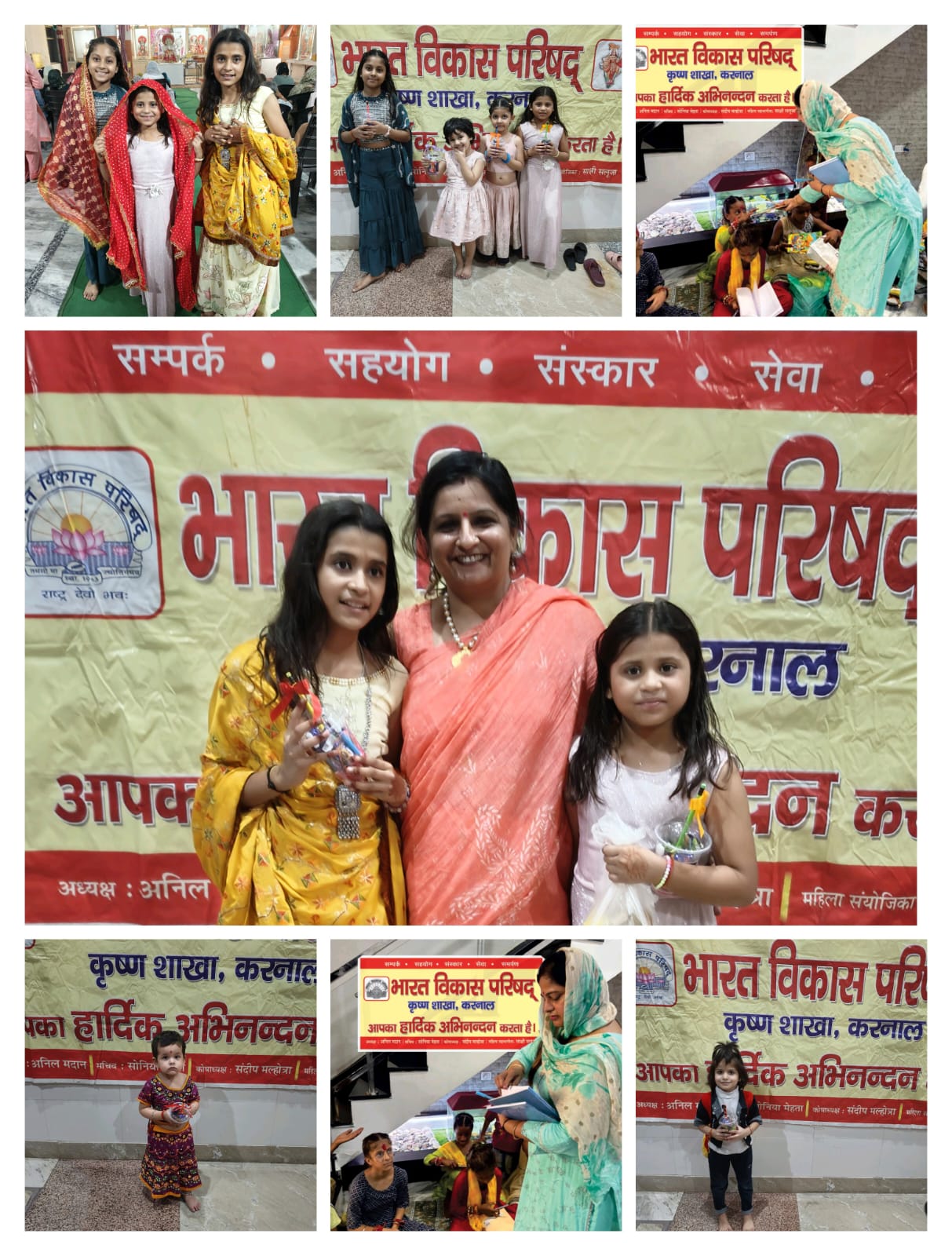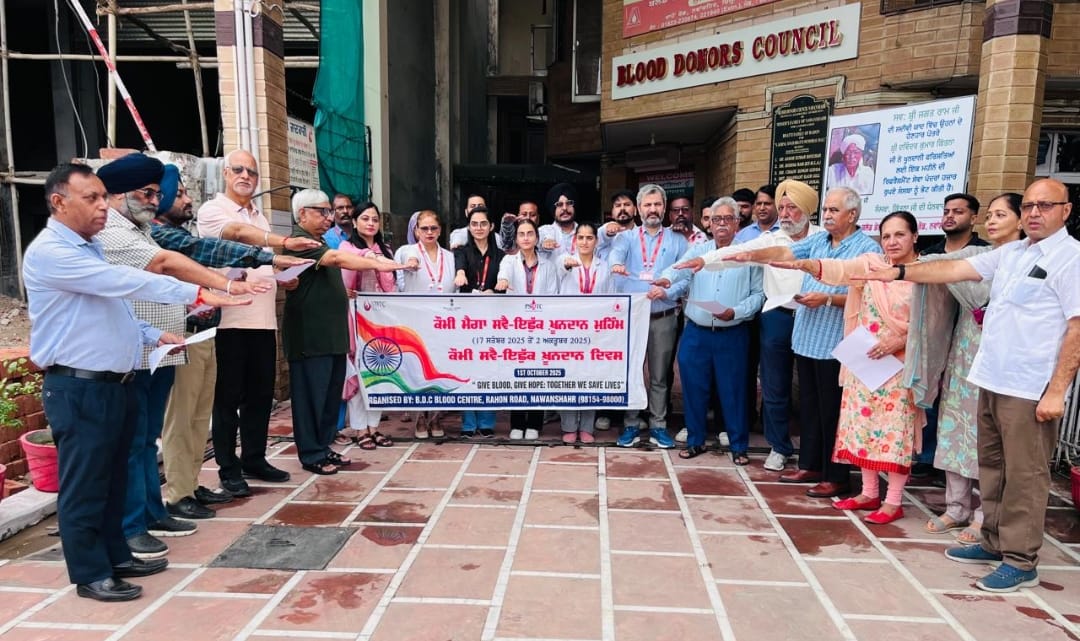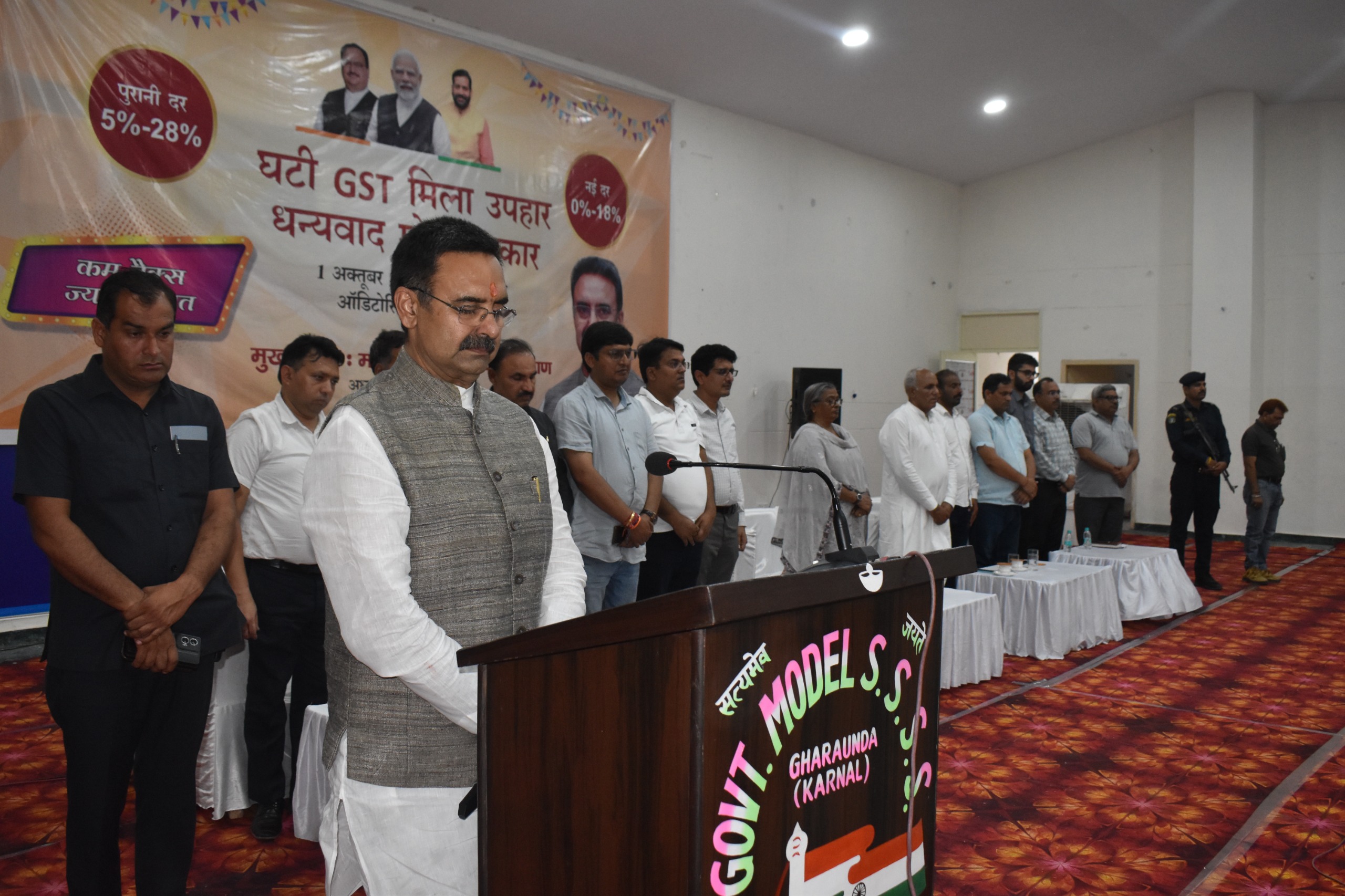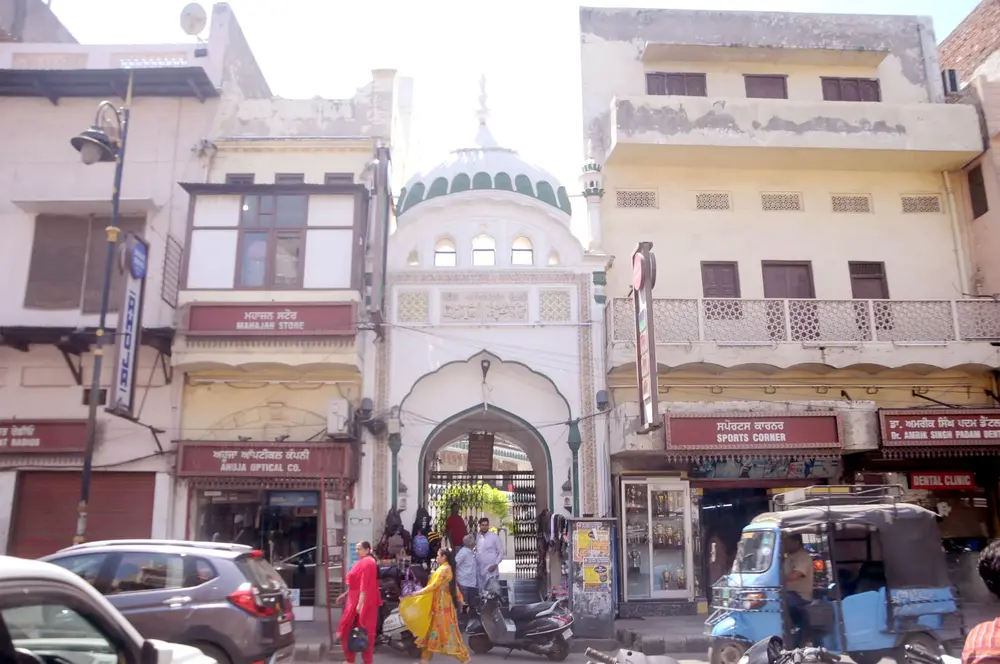
Amritsar Waqf has 1400 properties worth hundreds of crores.
Amritsar, April 5 – At a time when the entire country is debating the impact of the passage of the Waqf (Amendment) Bill in Parliament, most people are unaware that this Muslim organisation has around 1400 properties in Amritsar alone. The total value of these properties is in hundreds of crores.
Amritsar, April 5 – At a time when the entire country is debating the impact of the passage of the Waqf (Amendment) Bill in Parliament, most people are unaware that this Muslim organisation has around 1400 properties in Amritsar alone. The total value of these properties is in hundreds of crores.
Out of these, 30 properties are located in prime areas on the road leading to Jallianwala Bagh and Golden Temple. These properties date back to the pre-partition period when Muslims were in the majority in this walled city.
The Waqf authorities had identified 3378 Sunni properties in Amritsar and Tarn Taran districts under a notification issued on January 9, 1971. These included mosques, graveyards, taqiyas (tombs) and khanqahs (spiritual centres). There are 416, 867 and 834 such properties in Patti, Tarn Taran and Ajnala respectively, which have large portions of agricultural land. The Waqf Board is the sole custodian of these properties. The rent collected is mainly used to pay salaries to the Imams (Rs 6000 per month each). The money is also used to meet the maintenance of buildings or structures and legal expenses as many properties are mired in legal disputes. As per the rules, the Board cannot charge rent exceeding 2.5 per cent of the prevailing collector rate.
Jama Masjid Khalifa Raza-e-Musaffa in Amritsar is considered to be the oldest of the functioning mosques. It is believed to be the place where Sufi saint Sai Hazrat Mian Mir offered prayers after laying the foundation stone of the city's rich cultural unity, the Golden Temple. Located just 100 yards away from the Golden Temple, this mosque shares a wall with Jallianwala Bagh. Several shops are rented out for the upkeep of the mosque. It is believed that a diary kept by Sai Mian Mir mentions that the Sufi saint offered prayers here for 14 days. The diary is preserved by his descendants in a bank locker in Lahore. Another prominent religious site in the holy city is the Jan Muhammad Mosque, which was built about 165 years ago by businessman Jan Muhammad. Located opposite the Town Hall and less than 500 metres from Jallianwala Bagh and Sri Harmandir Sahib, the mosque has 15 shops on the ground floor, while its main hall, located under a dome, is on the first floor.
Masjid Khairuddin, the largest religious structure owned by the Waqf
Built by the colonial-era railway director Khairuddin, the 156-year-old Masjid Khairuddin is the largest religious structure owned by the Waqf in the city. It is spread over about an acre in the Prime Hall Gate area. It has seven shops, out of which four shop cases are pending in the courts. On the same road is Masjid Sikander Khan, which has five shops attached to it. Masjid Hamza Sharif, which is more than 150 years old, also has five shops. Most of these are under legal disputes.


